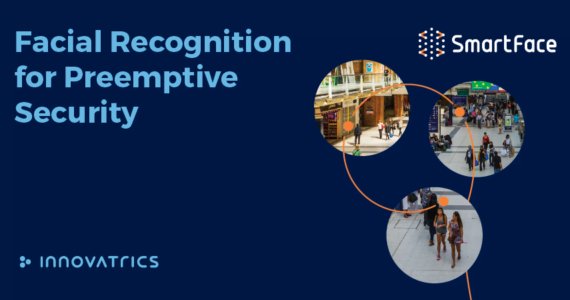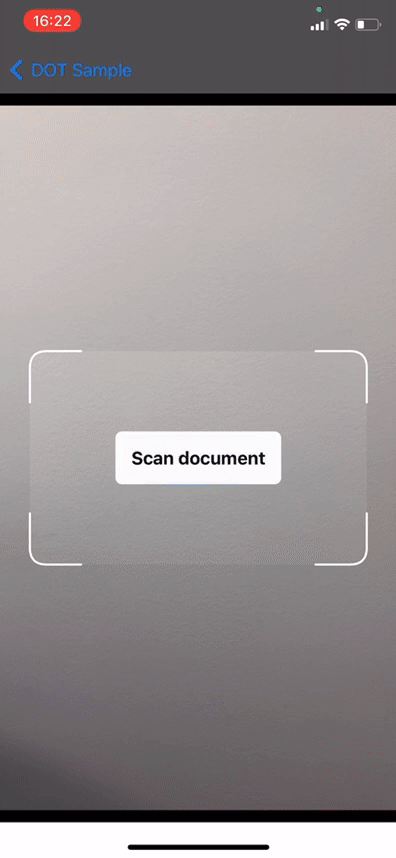
Innovatrics Introduces Edge Processing-Based Facial Recognition for Preemptive Security
SmartFace 5’s new cascaded architecture based on edge video processing can support real-time video analysis and facial identification ...
Read moreEnsuring users can easily capture high quality images of their identity documents is a crucial part of any smooth identity verification process. Poorly designed document capture components can lead to frustration for users and contribute to higher abandonment rates in the onboarding process.
Innovatrics has recently released new auto-capture components for web browsers and an updated version of its document capture mobile components, part of our Android and iOS mobile SDKs. Featuring our proprietary dynamic document detector, users no longer need to place their ID perfectly inside a rectangular frame in order to activate our document auto capture function. Now, users can capture a high quality image of their ID, with any degree of rotation.

Despite the increased flexibility in terms of capture angle, image quality is not affected, as our auto capture algorithm knows when the conditions are just right for accurate optical character recognition (OCR) and document authenticity validation.
At Innovatrics, we know that visual document inspection, while being accurate to a certain extent, doesn’t provide any guarantees of document authenticity. With this in mind, we’ve released a major update to our NFC Android and iOS mobile libraries, enabling reliable active and passive authentication of RFID-enabled machine readable travel documents (eMRTDs). This feature supports reading of Data Groups 1, 2, 6, 7, 11, 12, and 13 via NFC-enabled smartphones. It also enables the extraction of the high quality JPEG facial portrait of the document holder, which results in higher biometric verification accuracy, especially from documents with low quality or degraded printed portrait images.
These updates will soon be deployed in our Android and iOS demo apps, enabling system integrators and end customers to test all the functionalities of our industry-leading Digital Onboarding Toolkit, a full technology stack for developing remote identity verification applications.